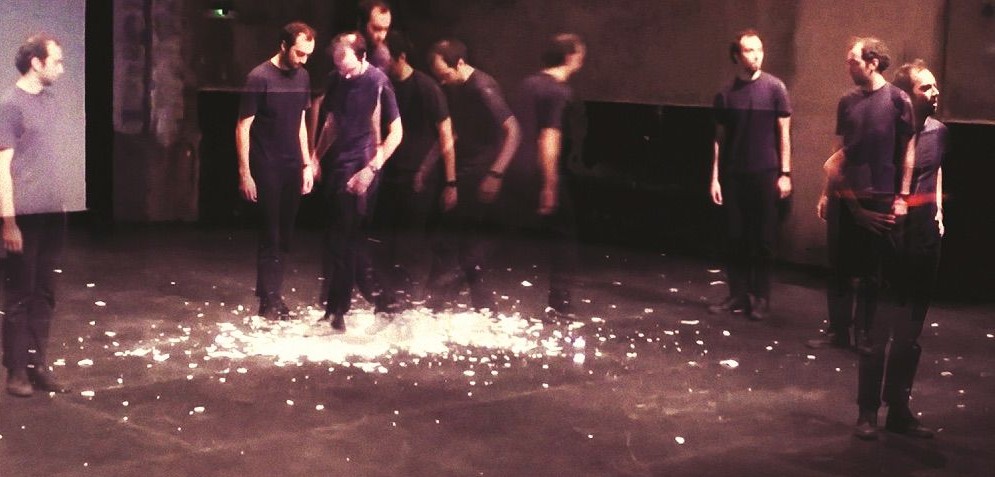“Wonderfully human”: Palmyra review
Having read only the rather uninformative material provided about Palmyra before attending the play, it is natural that I was surprised by the performance. Palmyra is a startlingly visceral, impeccably timed and wonderfully human play. I could leave it at that, but Bertrand Lesca and Nasi Voutsas, as well as all others involved in the production, deserve more.
Palmyra is inspired by a concert held in the play’s eponymous city, soon after ISIS had been forcibly removed from the area. That the play involves only two performers, a couple of chairs, two dollies and an incalculable number of shattered plates is testament to the ingenuity of Lesca and Voutsas. One might usually expect the story of global power dynamics, institutional hypocrisy and the manipulation of the public to require more in terms of set and script, but this play uses silences as effectively as most productions use words.
PALMYRA is a startlingly visceral, impeccably timed and wonderfully human play
The most unsettling aspect about Gulmira is not the violence, nor is it the crashes of cracked ceramic. It is the laughter that inevitably breaks out from the lungs, a laughter which would feel inappropriate were it not for the fact that no one else in the room is immune to the clever repartee between the two characters. Another important factor is the use of music, which acts as an essential companion to the movement that takes place, converting either innocuous or mildly insane actions into declarations of freedom.
Palmyra is punctuated by screams and shouting matches, but for me it was the silences which rang loudest. Our humanity often lies in what is left unspoken, and it seems Lesca and Voutsas understand that better than most. The regular involvement of the audience meant that the silences only created more tension, with even the back row having to wonder if they would become embroiled in a confrontation or be the target of a question. The long stares directed at us and the probing questions meant that I was no longer a spectator, but actively forced to ponder my own complicity not just in the outcome of Palmyra but in the oppression of communities around the world.
PALMYRA is punctuated by screams and shouting matches, but for me it was the silences which rang loudest
Palmyra produced a sensation incredibly difficult to elicit (at least in my limited experience). It is hard to make someone learn, no matter the subject, and it is even harder to make someone learn about themselves. By so accurately reflecting our world and some of the people in it, Palmyra gives the audience the unique opportunity to deconstruct their own relationship with power and barbarism, with what has been ingrained in them and what they have chosen to be. Art is not solely about beauty, it is about what it is to be human, and Palmyra captures that in a wonderfully simple fashion.
I would not be surprised to hear that not everyone enjoyed Palmyra to the extent I did. It might come across as overly simplistic, or some might find the forced audience involvement and the rather striking message uncomfortable. But there are far worse things to do than spend an hour trying to grapple with concepts we ignore far too easily on a daily basis.
All in all, Palmyra stands out as a thoughtful commentary on the global present, but does not get bogged down by scale. In reducing the world to a room and some shards of ceramic, it allows everyone involved to attempt to do the same: to clear up the mess and look beyond to a place where we are not broken, and where we do not have to break each other.

Comments